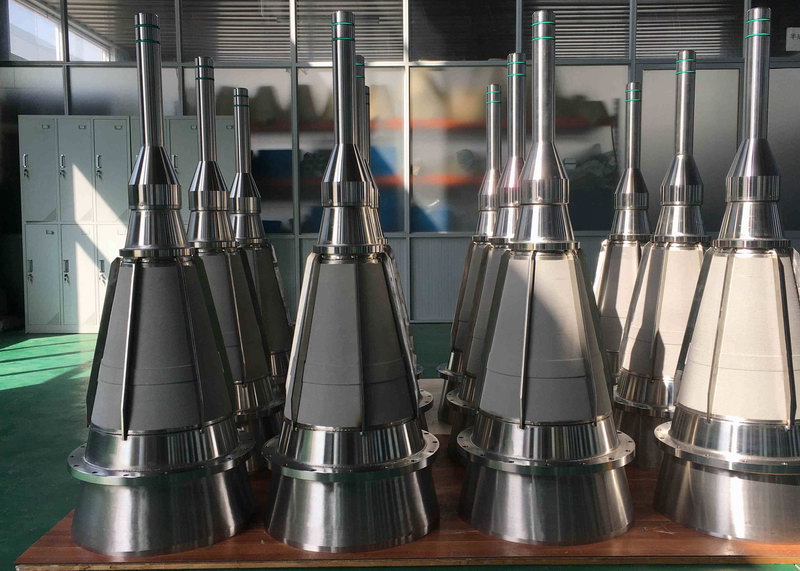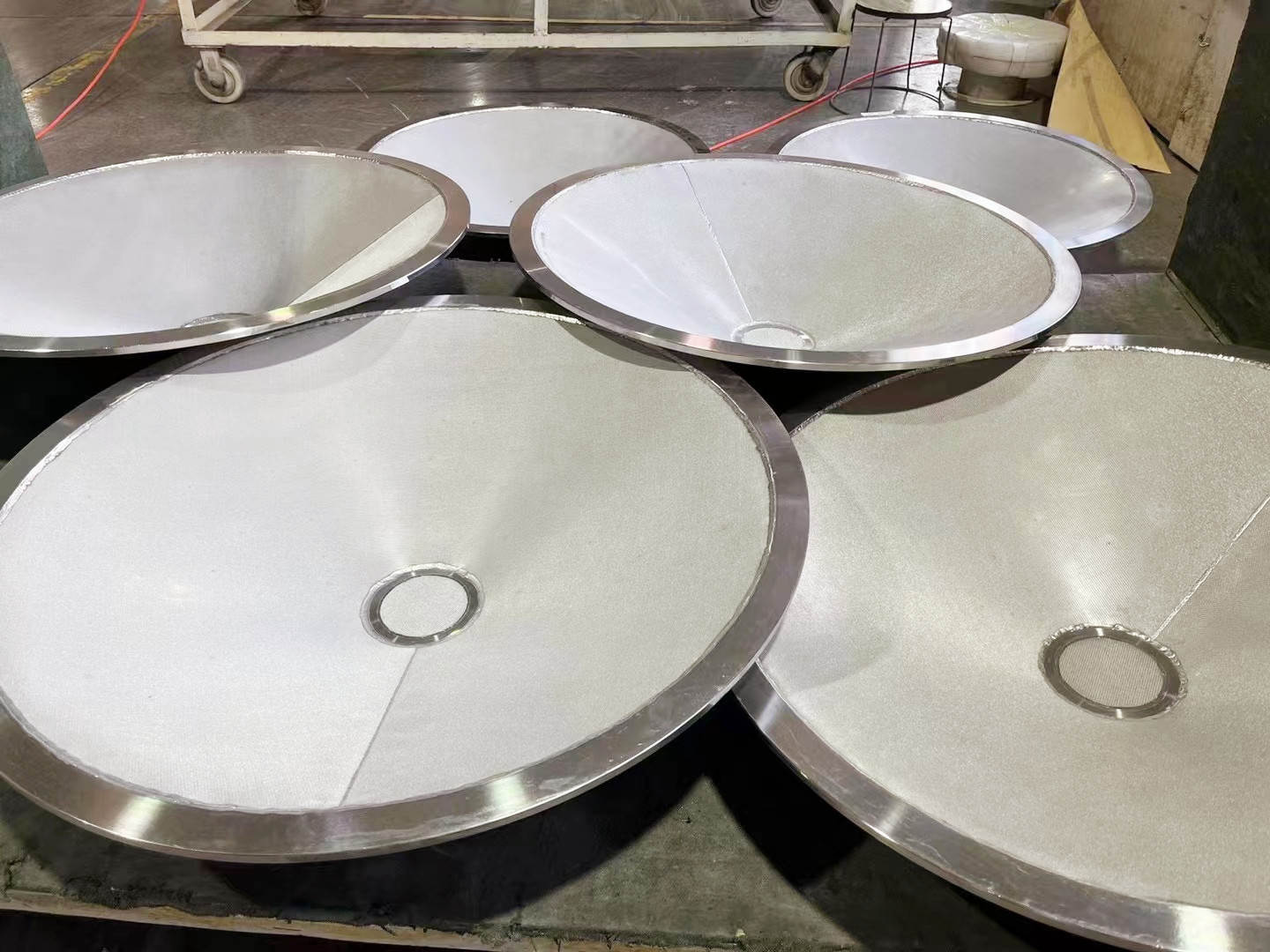Powder Fluidized
Introduction
Powder fluidization is crucial to get reliable, subtle powder flow and to protect your products from sagging and bridging. It also gives the best solution to the discharge and caking problems of your products. In this content, you will learn details about powder fluidization, including its key benefits, the working process, and how it is made.
Without much further ado, let’s get started.

What is Powder Fluidized?
In simple words, powder fluidization is a method of liquefaction, that is, turning the powders into a liquid state.
For powder fluidization, air or gas are used to achieve a fully fluidized state or only localized (requires small amounts of gas flow).
Once the powder fluidization is complete, the solid moves like a fluid/liquid, meaning the solid granular elements transfer into a liquid-like state.
Why do you need to fluidize powder?
Well, the systems gently agitate powders by reducing particle friction and making them smooth.
It is used to prevent product bridging and sagging and solve local caking or discharge problems. You can use the process on metals (iron or steel) and nonmetallic materials (ceramic, glass, and even wood).
Fluid Bed and Coating
Equipment manufacturers and engineers face many problems with their metal products, one of which is corrosion. Powder fluid coating works on that by offering a layer resistant to rust or other corrosion. The fluidization process is easy to apply and flow.
What is a Powder Fluid Bed?
When a powder or solid particles are processed to make it work like fluid through the passing of gas or air is called a fluid bed. Fluid beds are generally used for heating, drying, or cooling metal objects.
Fluidized beds are used for chemical reactors, heat transfer, solid material coating, solid separation, and many more.
A fluidized bed consists of a solid & fluid mixture. After going through the process, it exposes the characteristics of a fluid/ liquid prepared to utilize for different purposes.
What is a Fluidized Bed Powder Coating?
Fluidized bed powder coating is the procedure in which powder particles are dispersed through air or gas. When a metal product is dipped in that, the powder melts and evenly mingles with that object.
How Does Powder Fluidized Work?
We know that fluidization suspends solid materials such as small particles or liquid droplets while vertical flowing gas operates. Solid materials become fluidized by reducing the interactions with the particles. But how does this work?
Let’s find out this in industrial formula using a fluidized bed.
Using Heat Exchanger. A heat exchanger and a blower bring the flowing gas to the column while regulating the pressure and temperature. Also, a heat exchanger with the coil in the bed of particles.
Filters in Gas Outlet. This filter is used to recycle the fines to the fluidized bed. Filter helps to send suitable particles to the fluidized bed.
Gas Contacting Particles. Fluidization makes the solids behave like a liquid, while the gas interacts with all the particles.
The fluidized bed and the behavior of the particles essentially rely on the particle nature of the solids. Moreover, how the air will flow in the solids only depends on the proper fluidization, and powder fluidization works with aerated and permeability properties.
Speaking of aerated and permeability properties, there are four types of fluidization of powders that have been studied by Geldart. He added four types of fluidized powders. He added Group A to Group D for the different types of powders.
Group A : Aeretable powders. This type of powder has low permeability and this powder type can easily retain air very well.
Group B : Sand-like powders. This powder type has a low interaction possibility with the particles and with low permeability.
Group C: Cohesive Powders. The gas will not spread equally in bubbles in particles but rather create channeling.
Group D: Spoutable Powders. Its behavior is similar to that of group B, which has low interaction possibility with the particles and low permeability.
Powder Coating Application: Fluidized Bed Process
The application or process is used to apply powder coatings to metallic or nonmetallic products by dipping them into a cloud of powder. Before coating, all parts need to be cleaned to achieve a great outlook. However, the work is completed through a four-stage process:
Process 1: Preheated
The ideal preheated range is 400-450 degrees, but you need to ensure at least 350 degrees heat range. A conventional gas fire oven or air is the most popular way to heat the item. However, powder quenches or cooling requires a higher temperature than the melting point of the fluid bed powder.
Process 2: Dip-Coated
The air pump is applied through the powder coating fluidizer to ensure the perfect fine power particles (fluid-like stage). Then the hot part of the metal or required coating part needs to dip into the fluidized powder bed by moving around continuously.
Process 3: Remains Submerged
Keep the coating part in the fluid bed to achieve a thick and durable coating. The temperature and dipping time into the powder ensures the final thickness, and the film thickness can be achieved from 8 up to 125 miles.
Process 4: Post-Fused
The final stage is the post-fusing process. After completing a series of dipping processes into a powder bed, it moves to an oven at a lower temperature to get the final output. The post-heat needs to be at a lower temperature than the preheated oven.
The purpose of this step is to ensure that all the powder is attached perfectly during the dip and melts into a smooth, uniform coating.
Caution: If the oven is too hot, the dipped powder bed could cause the coating to melt off, sag, or drip.
The Key Benefits of Powder Fluidized
Making a metal-based product has many advantages, whether you’re a product designer, engineer, or original equipment manufacturer (OEM). Because metal-based products also have some drawbacks, like being uncomfortable to hold, being susceptible to corrosion, and various weather issues.
For this reason, a lot of industries use fluidized bed powder to apply a thick coating, a heavy layer that offers excellent durability, resistance to wear and rust, and a cozier grip.
Large-scale continuous production
The machinery of fluidization has the ability to process a large volume of fluid. Its material flow is so dependable and efficient for continuous production. The liquid-like behavior of the particles allows them to operate and control this producing process easily.
Relatively short drying time
The powder fluidization process is useful for difficult applications like pigments and sticky materials. It increased gas-solid interaction for drying as well as accumulation or reactions.
Ensure durability
The resistance to corrosion and oxidation ensures a long lifespan and durability. The method is best suited for components with at least a 3 mm metal thickness.
Air Retention Capability
Air retention capacity and permeability are related. Once fluidized, a low permeability powder actually keeps trapping the air for a while and keeps flowing even if the airflow is stopped. It consumes less compressed air or gas than other aeration devices.
Lower maintenance and operational costs
You can reduce operational and maintenance costs as well as downtime by using this powder fluidization in industrial sectors. This technique can increase operability and maintainability by reducing fuel consumption.
Uniform Coating
It makes it possible to perfectly coat internal edges and curved surfaces that are difficult to access with other painting techniques. So, this process ensures thickness uniformity, excellent adhesion, and metallic product quality.
Easy to apply
The fluidization powder coating is basically made of fine particles. The manufacturers watch out for a proper powder fluidization process. However, the fluidized powder is easier to apply and flows more easily into the machine; you must use it over metallic products easily.
How To Choose The Right Powder-Fluidized Coating For Your Needs?
If you are worried about the right powder fluid coating, which you need, how you choose, and where you should concentrate, take a look at this section to know.
The Shape of the Part
Pay attention to the object’s internal surfaces for applying powder fluidized and maintain a proper temperature flow to ensure the exact output.
Speed of the Coating Process
With the Shinkai fluidization process, you can utilize an incredible amount of powder in a short period of time.
Coating Thickness Consistency
A well-tuned fluidized coating process can hold thickness tolerance quite well; because it confirms 3 essential applications, including:
- Consistent preheat temperature
- Dip time
- Consistent fluidization level
High Coating Thickness
With Shinkai powder fluidization & process, you can achieve the desired coating thickness from 20 mils to higher.
Color Changes
The process takes only 2 minutes or less to roll out one tank and roll in another by reconnecting the air supply.
Shinkai Powder Fluidized Product Description
Shinkai offers powder fluidized that’s famous for giving the best solution for local caking or discharge problems as well as for large surface area fluidization applications. The Shinkai powder fluidized system gently agitates powders and particle friction. It contains flow characteristics in multiple powders to prevent bridging, rat holing, sagging, and more.

Case Study: Powder Fluidized
At Shinkaifilter, we design, customize, and offer full-process of filtration and separation solutions for the gas & liquid-solid separation, powder processing, etc. Also, we assure you tha
t all these systems have automatic control and certification, less utility consumption, and provide high safety.
Here are some case studies of companies that shared their company’s tremendous and successful change.
Application 1: A leading coal gasification manufacturing company in Asphalt tried various powder fluidization processes to achieve reliable fine powder flow. But the process won’t meet their satisfaction level. Shinkai developed a filtration solution based on their requirements that can accommodate a wide range of working conditions and ensure bulk yet smooth powder flow.
Application 2: One of the catalyst product industries faced trouble conveying ultra-fine powder. To ensure the stable transportation of ultra-coal, our Shinkai’s engineers developed a complete set of pulverized coal conveying systems, including inflatable cones, inflatable flutes, pipeline inflators, etc. With this remarkable and effective invention, they meet their company’s economic goal.
So, that’s it, case studies of some of our clients who are benefitting by using our powder fluid technology. Our powder fluidization technology is one of the advanced qualities in the market.
Conclusion
Powder fluidization provides the best solution to the products’ sagging and discharging problems, and it is essential to increase the thickness of your products. It also will help you make the large-scale coating. In this article, you get the best powder-fluidized ideas, including their key benefits, working process, and more. I hope now it’s clear to you the importance of powder fluid. So, go forth and make your goal.
